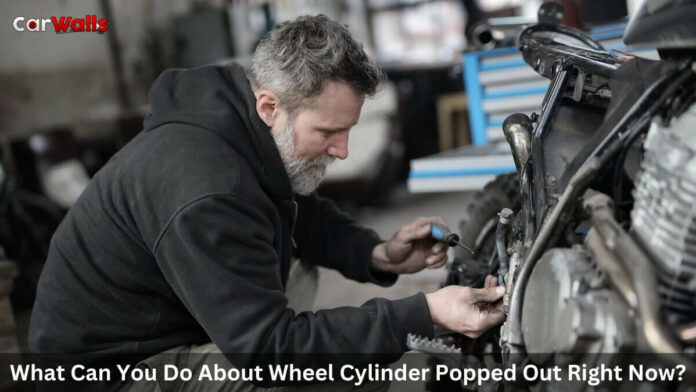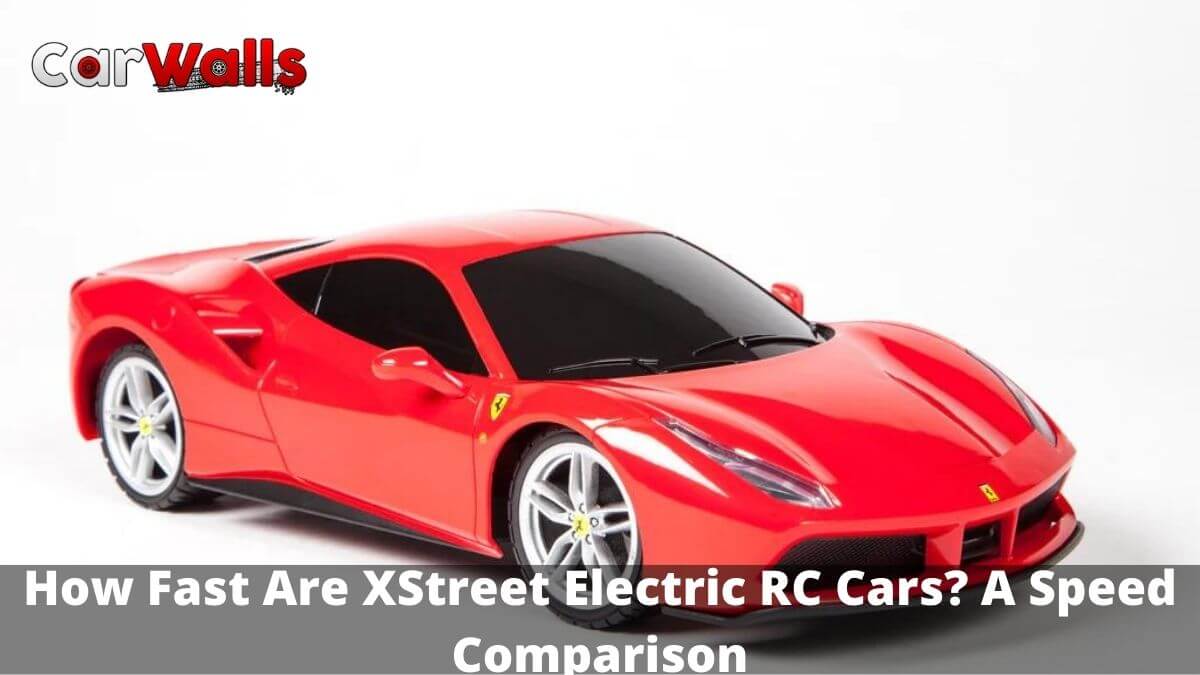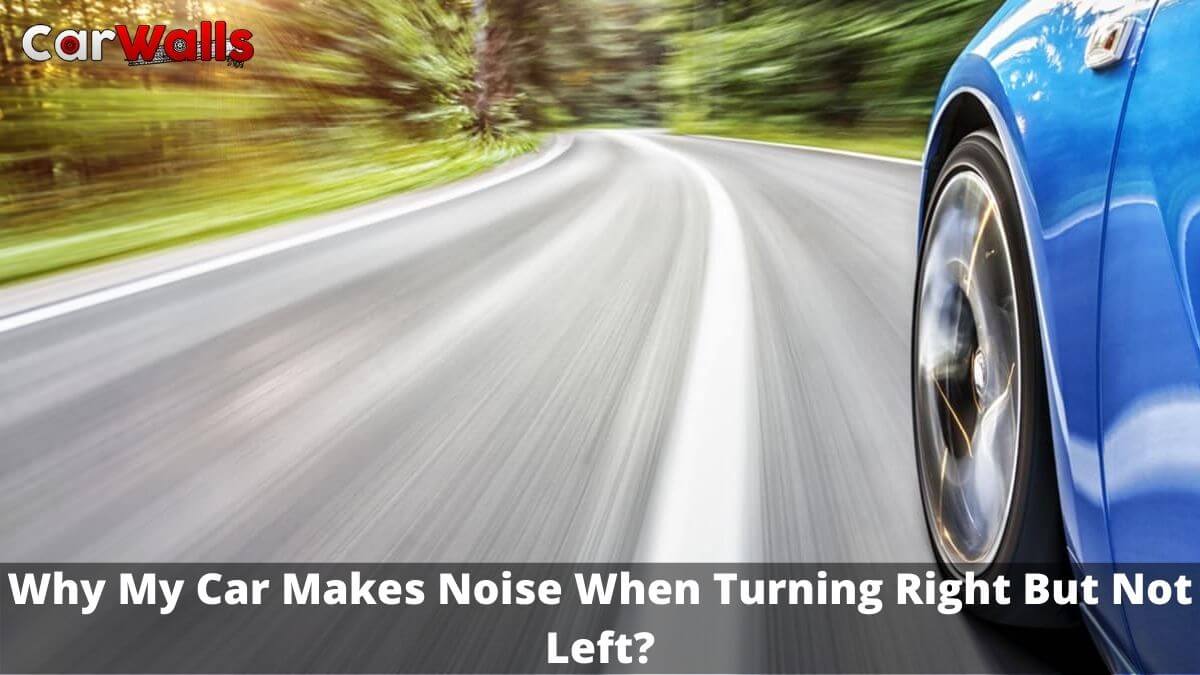What Can You Do About Wheel Cylinder Popped Out Right Now? Are you driving along and suddenly see fluid leaking from underneath your car? It can be an alarming sign, especially if the brake pedal sinks to the floor – a tell-tale symptom of a popped wheel cylinder. But don’t hit the panic button!
There are actually some simple steps that you can take right now to help make sure this doesn’t cause more serious damage down the line. In this blog post, we’ll cover all that you need to know about diagnosing a wheel cylinder failure and figuring out what action needs to be taken so you can get back on the road safely. So let’s dive in!
Too many wheel cylinders pop out of their boreholes. If brake fluid cakes in the borehole, the piston won’t fit. Any vehicle’s brakes must be solid. No one wants bad brakes.
When brakes fail, various components must be checked. Wheel cylinders and pistons are other components.
What is Wheel Cylinder Piston?

Drum brake system wheel cylinder piston. Drum brakes are a distinct system. This braking mechanism rotates around the back wheel axis. Wheel cylinder pistons deliver hydraulic pressure to a vehicle’s tyre brakes. If the wheel cylinder piston bursts, the brakes may fail.
Why Do Wheel Cylinder Pistons Pop?
If the pistons are bad, so is the wheel cylinder. It makes more sense to replace the whole wheel and the Piston. When replacing a defective wheel cylinder, replace the other one on the opposite tyre.
Worn pistons no longer fit in their borehole. Pistons are made of metal. Heat and friction surround pistons. Due to friction and heat, tens of thousands of kilometres will be worn down. They may fall out of the borehole if they wear out. If they left the borehole, your drum brake is ineffective. Pistons are caked with brake fluid.
Brake fluid shouldn’t run around the wheel cylinder or other sections of the brakes. A leak might let fluid into the cylinder and coat the pistons.
When the braking fluid dries, the piston borehole becomes sticky and crusty. In a sticky borehole, the pistons won’t move. Besides correcting the brake leak, a technician must clean the wheel cylinder and wheel drum.
What Can You Do About Wheel Cylinder Popped Out Right Now?
Yes, you may attempt mending a cylinder piston so you can drive your car. It depends on what you have. Replace wheel cylinder pistons with caution
To save money, many car owners ask technicians to repair worn-out wheel cylinder pistons. Replacing the wheel cylinder is easier but more costly. If the technician doesn’t replace worn-out pistons with new ones, they’ll loosen. Your technician should examine the wheel cylinder and pistons.
Change Wheel Cylinder
Replace the wheel cylinder and pistons if they can’t be fixed. Replacing a piston shouldn’t be too expensive.
Wheel cylinder pistons cost $50 on average. There’s no need to buy pistons alone. Replace the cylinder.
Installing a new cylinder piston shouldn’t cost more than $100. Anyone charging $100 to repair a wheel cylinder is ripping you off.
Self-replace the wheel cylinder. We advise only experienced auto mechanics to repair the wheel cylinder. Replacing this component isn’t easy.
How To Examine Cylinders and Pistons?

There are a few indicators of a bad wheel cylinder. Before going on your hands and knees, have a wrench and flashlight.
1. Flooding Brake Fluid
Brake fluid flowing around the wheel cylinder and adjacent components indicates a cylinder leak. When you remove the rubber from the wheel cylinder, there should be no liquid. Any hint of loose fluid implies the wheel cylinder or rubber seals are failing.
2. Stuck Brake Fluid
If brake fluid has been leaking, grease will be on the brake shoes and wheel cylinder.
Remove the crested brake fluid after removing the wheel cylinder and inspecting the pistons.
3. Examine Rubber Seals for Wear
Rubber seals flank the wheel piston. As a car ages, so does its rubber. Crusted rubber makes pistons hard to move.
4. Remove The Wheel Cylinder Without Shoes
Depending on how the manufacturer designed your vehicle’s braking system, you may remove the wheel cylinders without the brake shoes. To remove the wheel cylinder, locate the adjuster. Move the adjuster as usual.
This moves the brake shoes out of the wheel cylinder’s path. With the brake shoes removed, disconnect the brake line. Next, remove the cylinder from the backing plate.
Frequently Asked Questions
Que 1: When A Wheel Cylinder Fails, What Happens?
Ans: Any failure of the wheel cylinders can affect the pressure of the brake system, which reduces the brake system’s ability to slow the vehicle. In heavy braking situations, a vehicle with poor brake response will be significantly more difficult to stop, increasing the risk of an accident.
Que 2: Is It Possible To Repair A Wheel Cylinder?
Ans: It is recommended that wheel cylinders be rebuilt or replaced in pairs. Rebuilding or replacing both sides is recommended even if only one is leaking. You can rebuild one cylinder and replace the other if only one is rebuildable.
Also Read: HOW MUCH OIL SHOULD I PUT IN MY CAR? IN A RIGHT WAY
Conclusion
Replace the wheel cylinder piston at a mechanic’s shop. A piston may wear down over time. Breaking fluid shouldn’t stain the wheel cylinder or wheel drum. Always replace the back-wheel cylinders.







